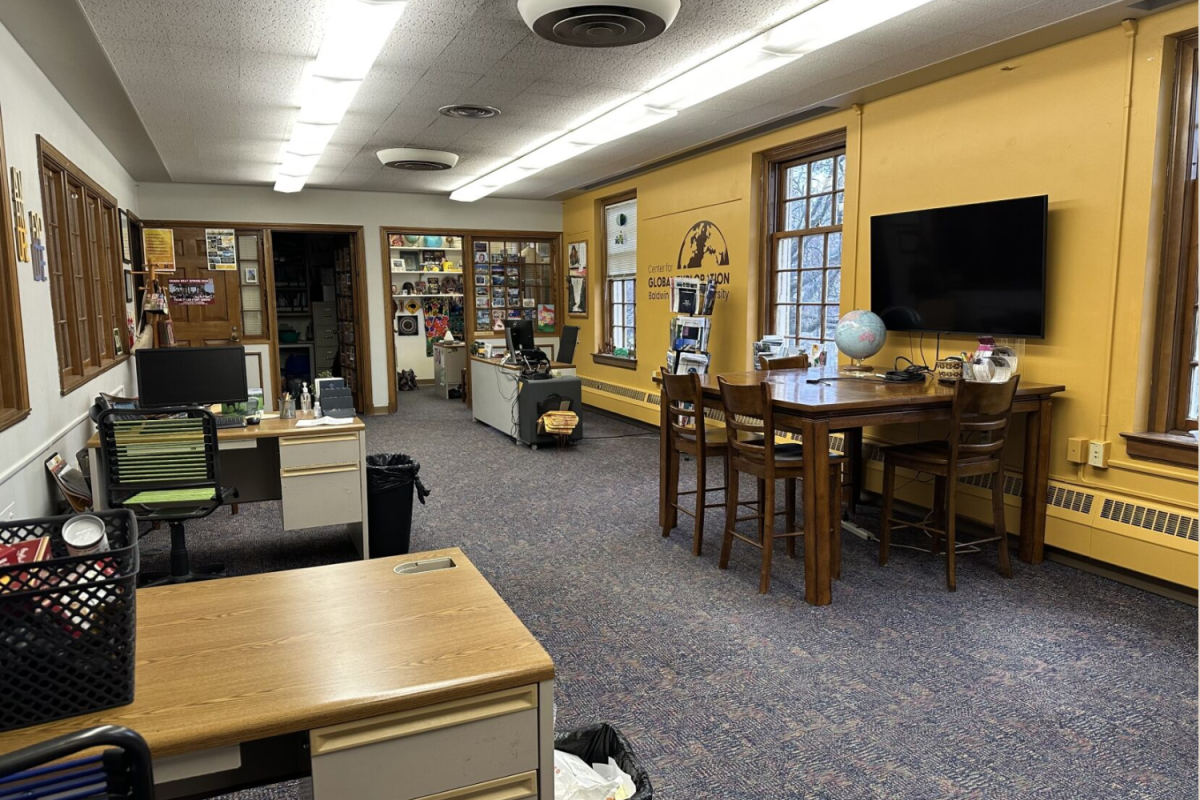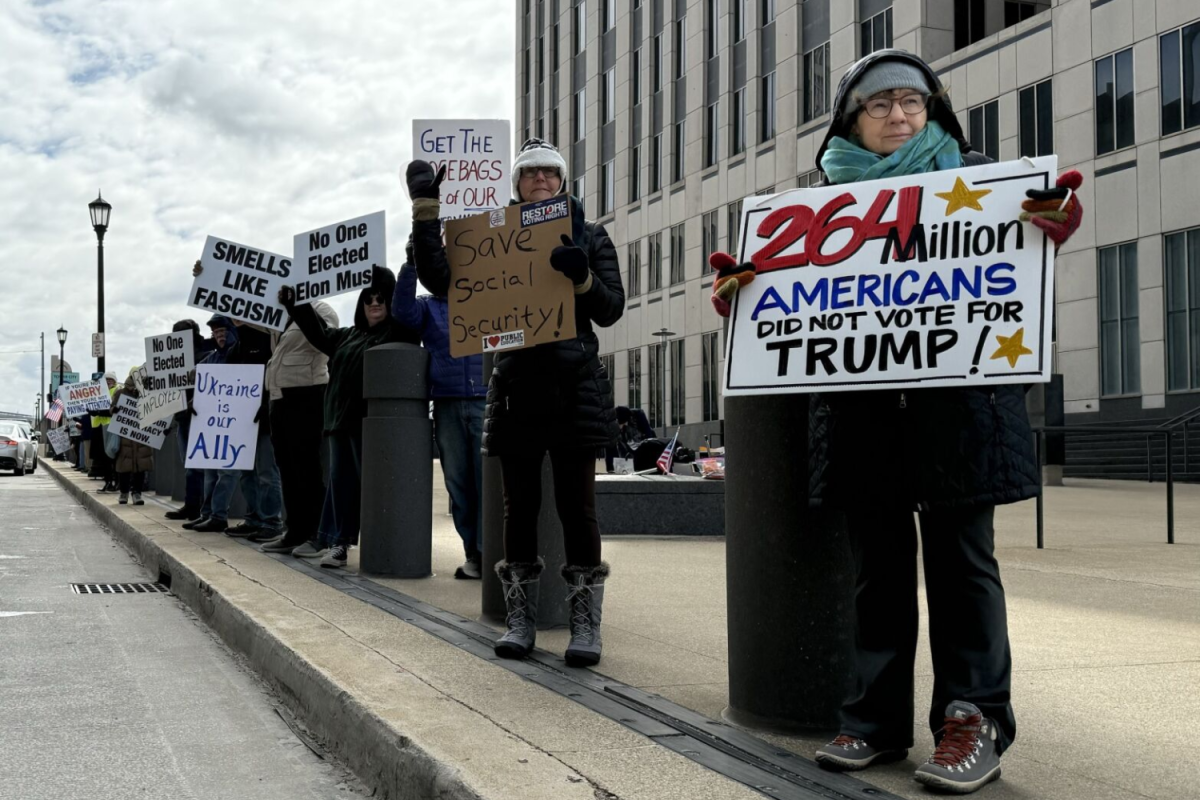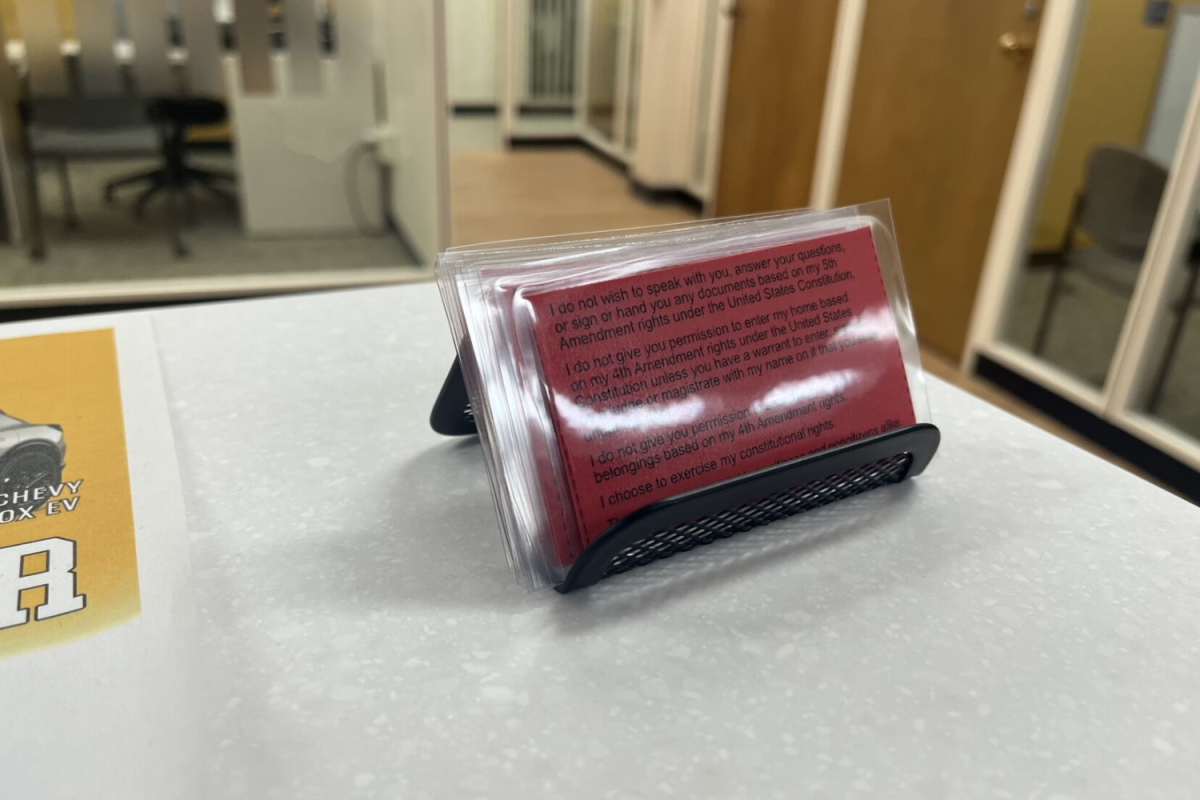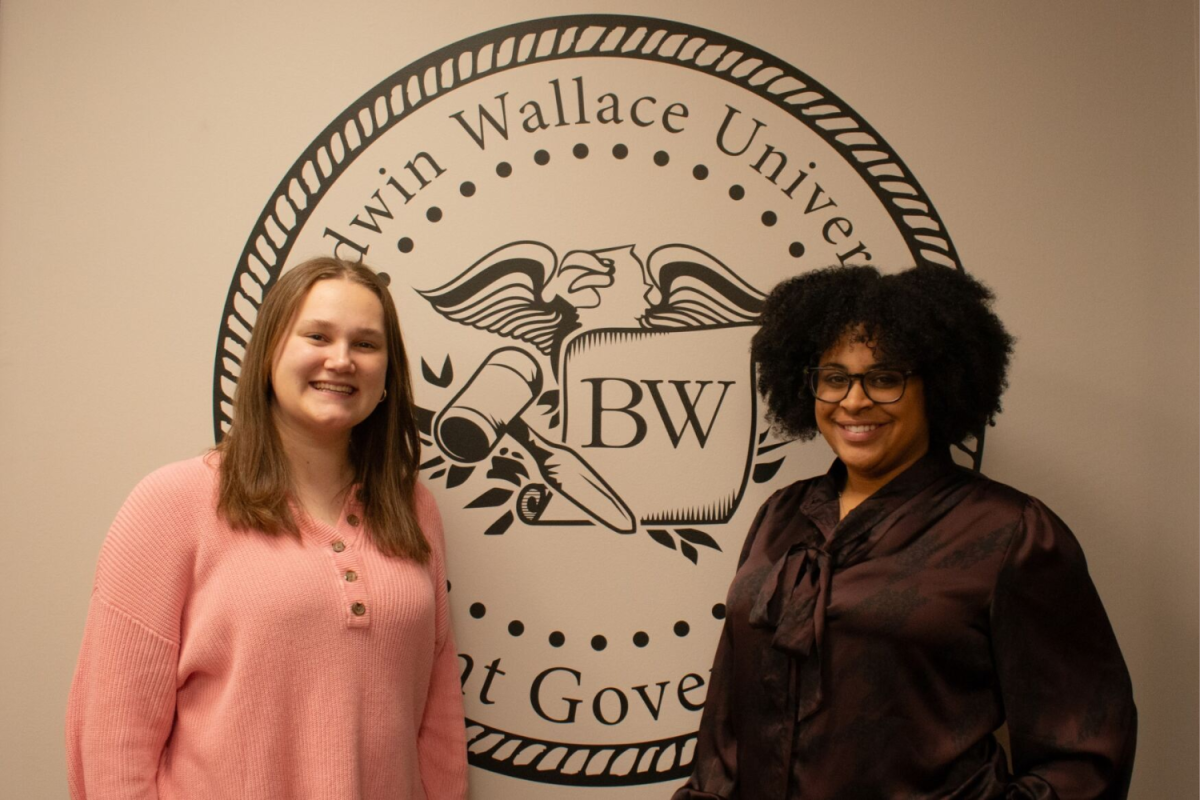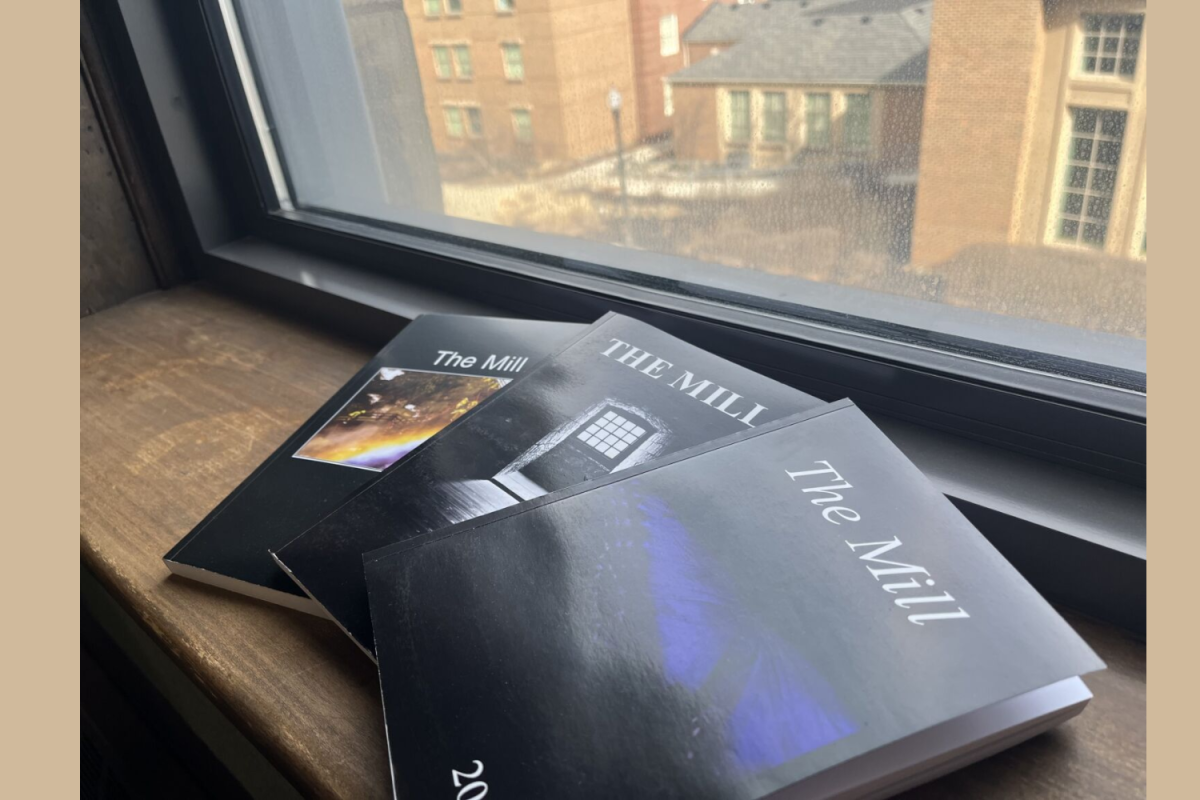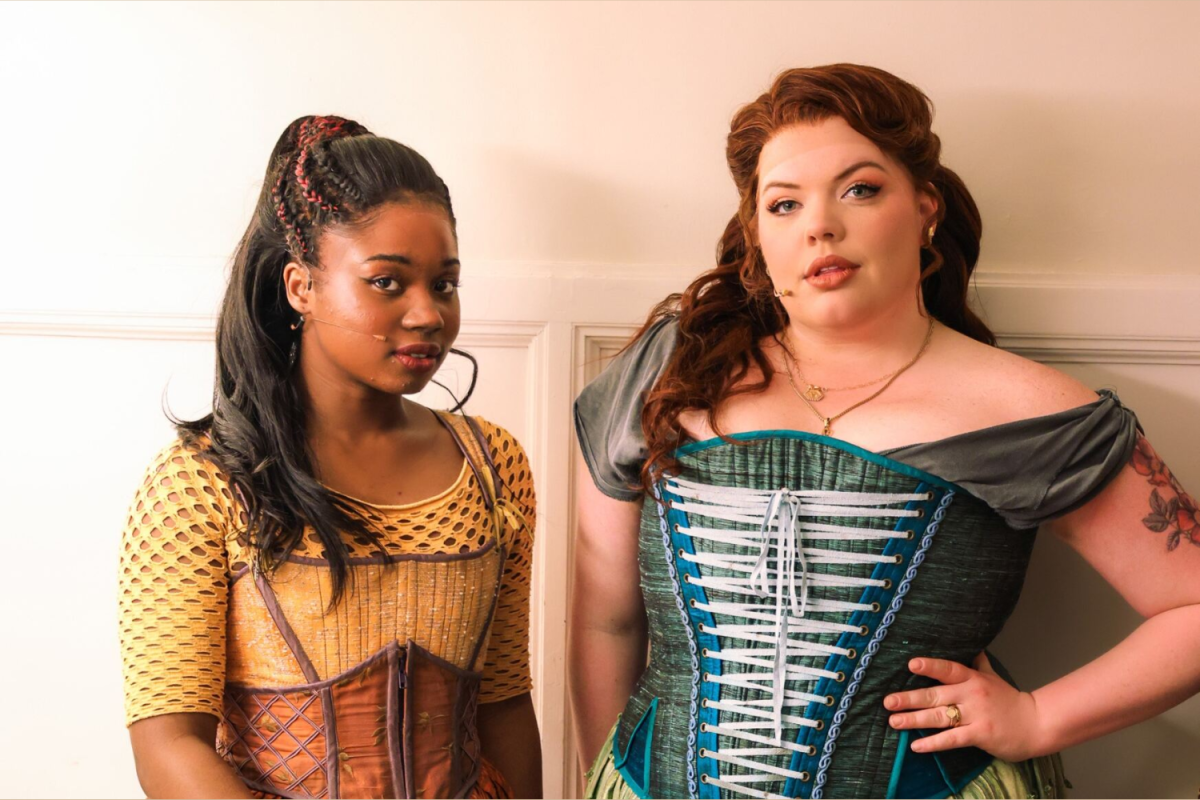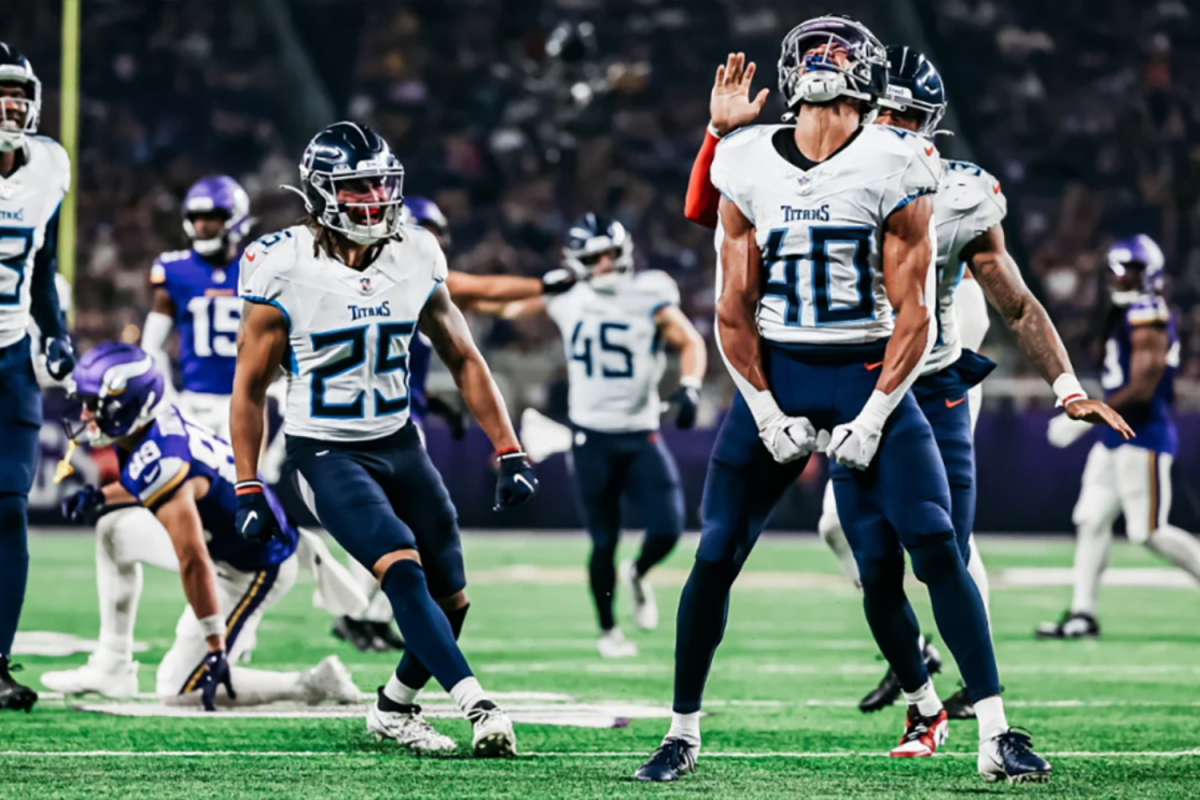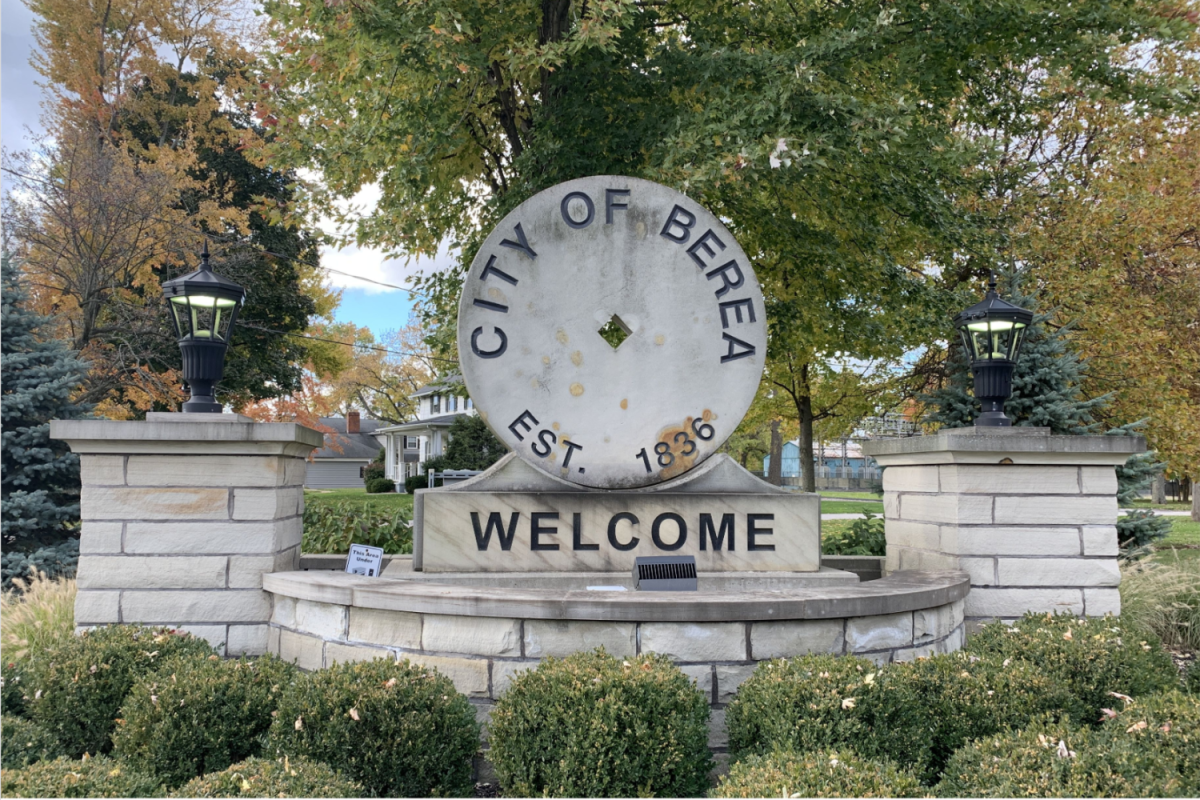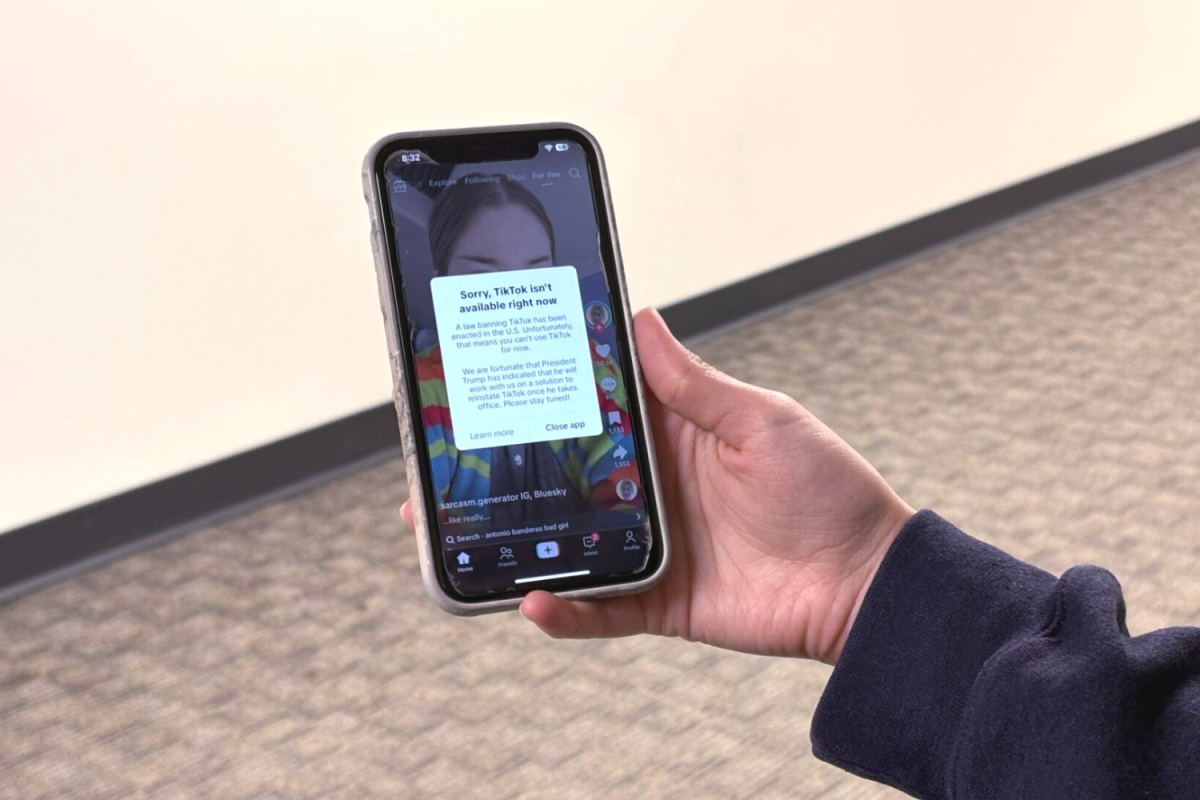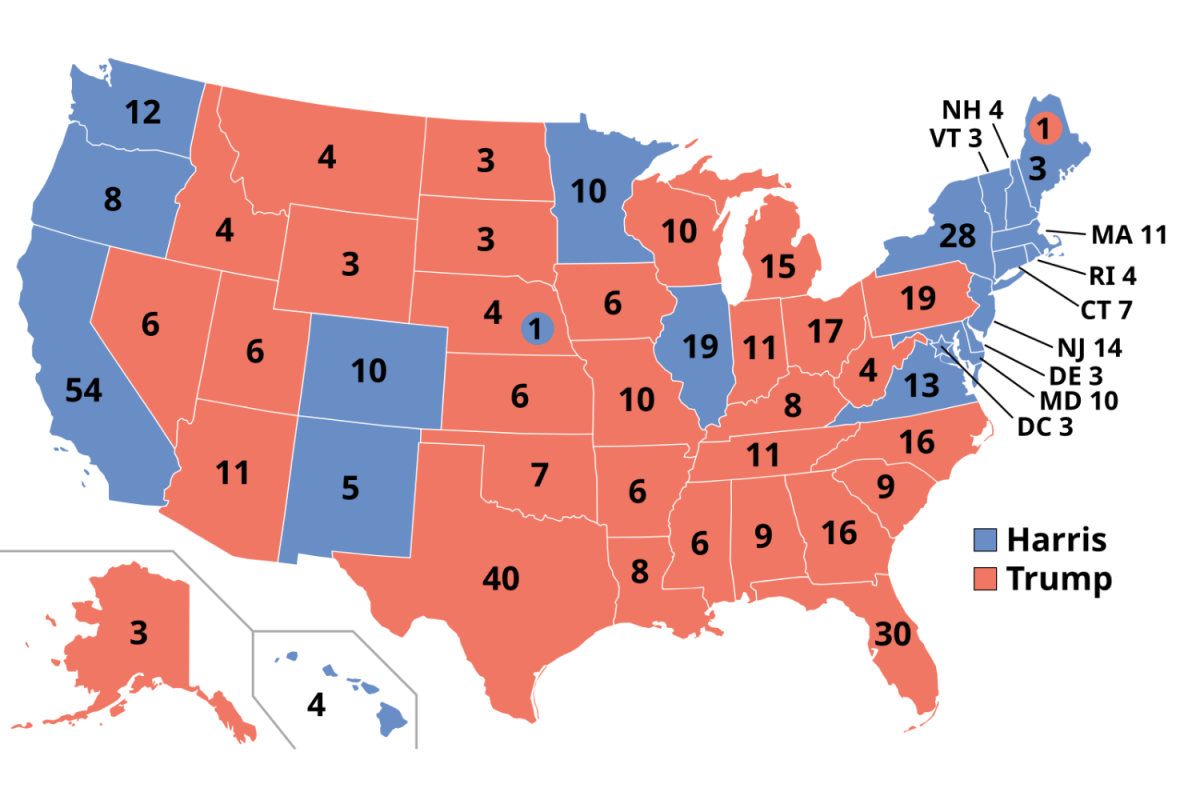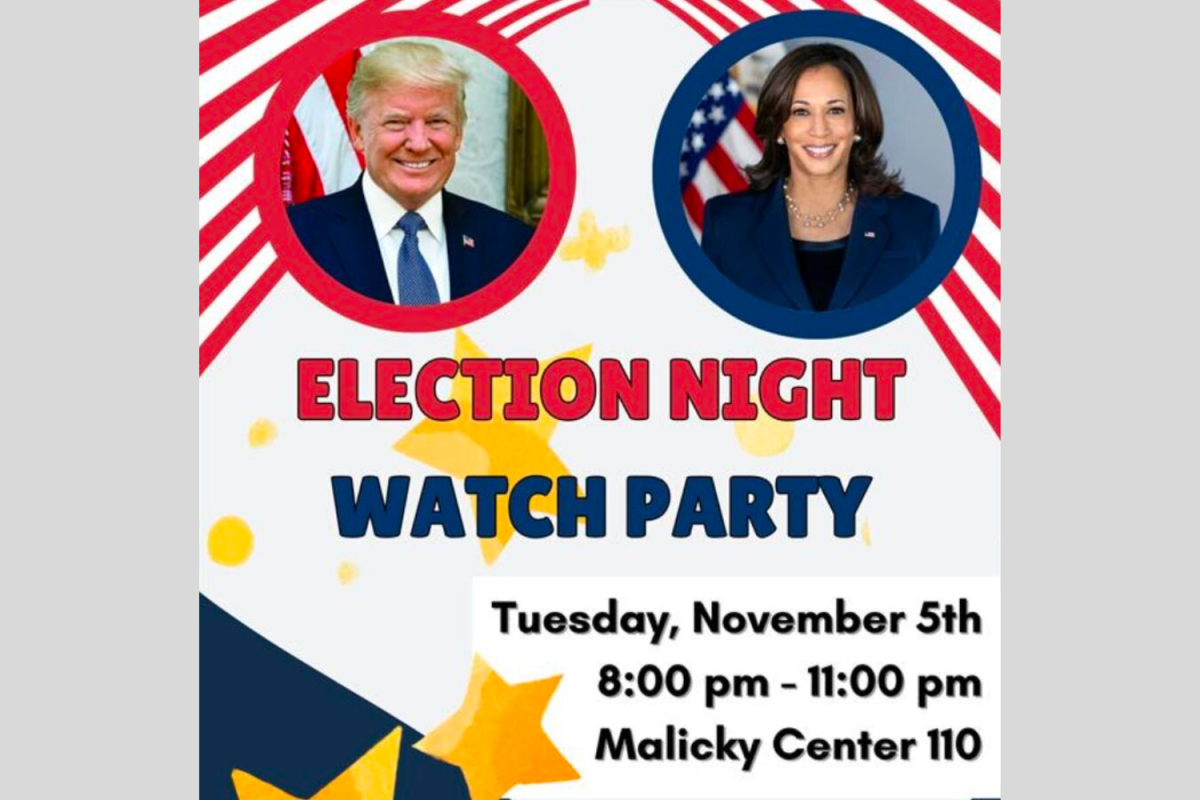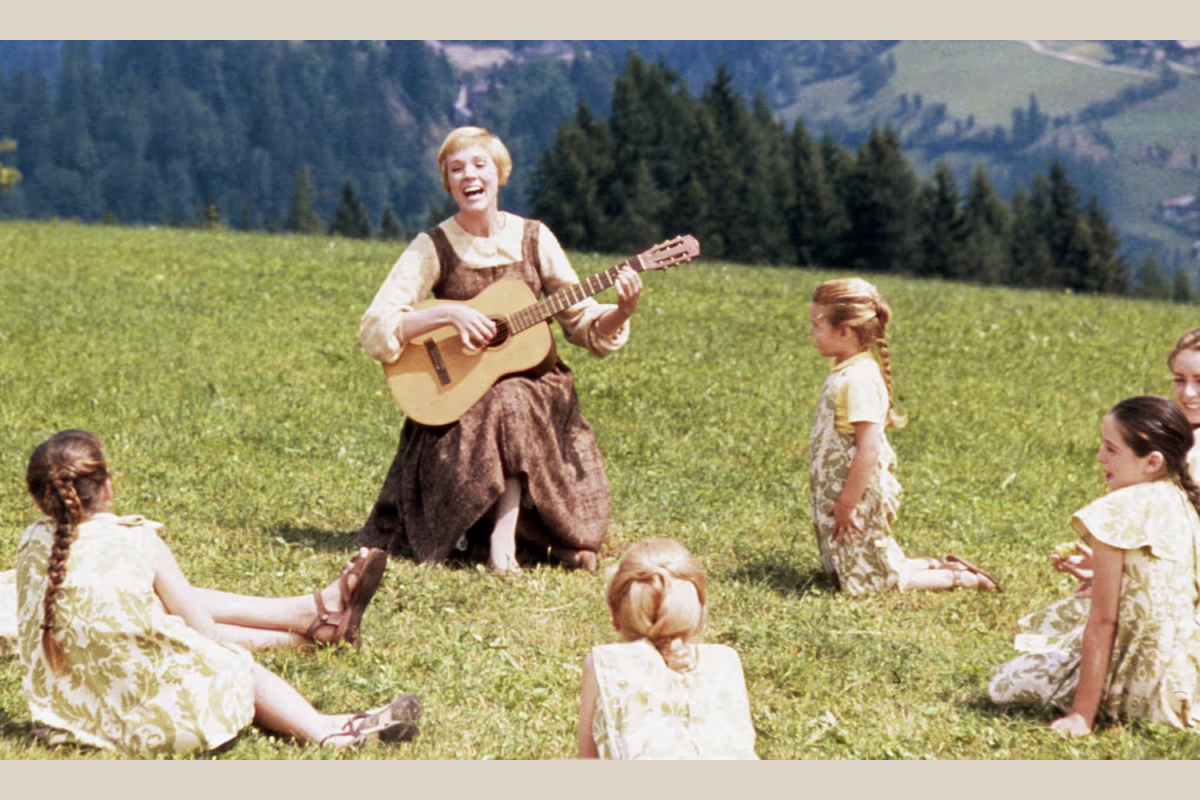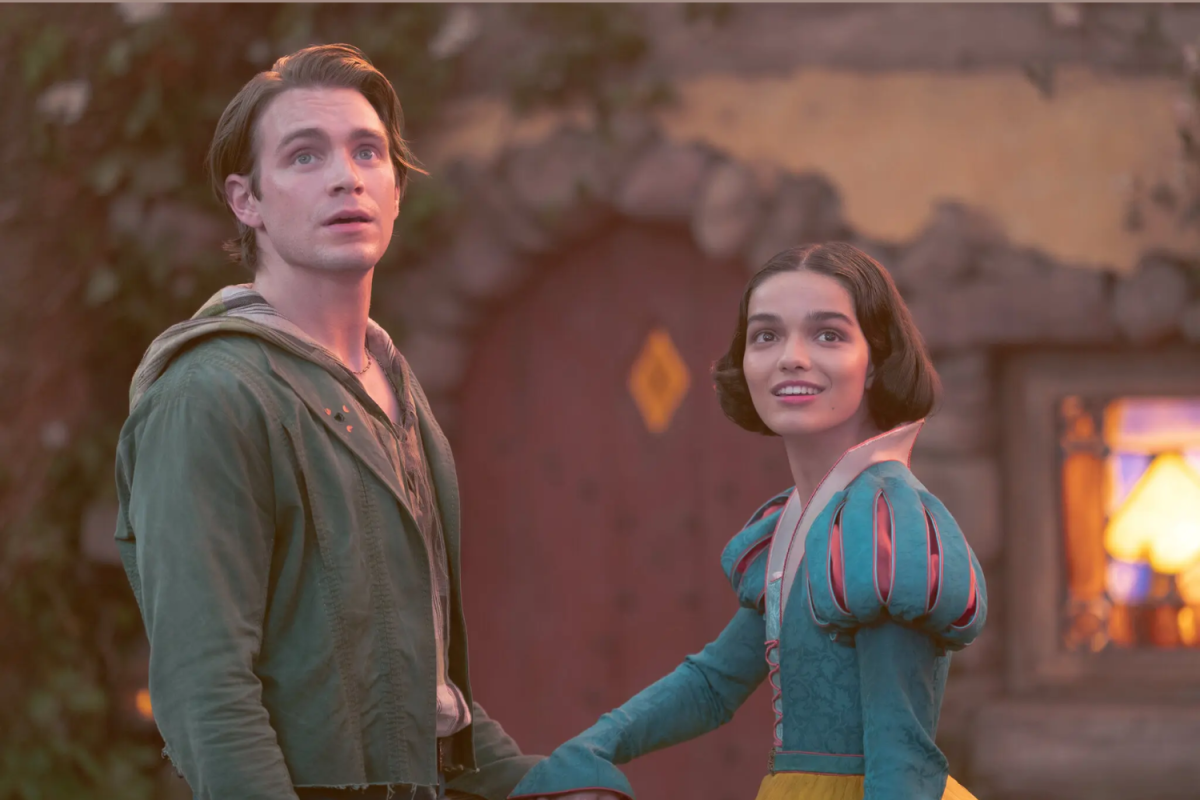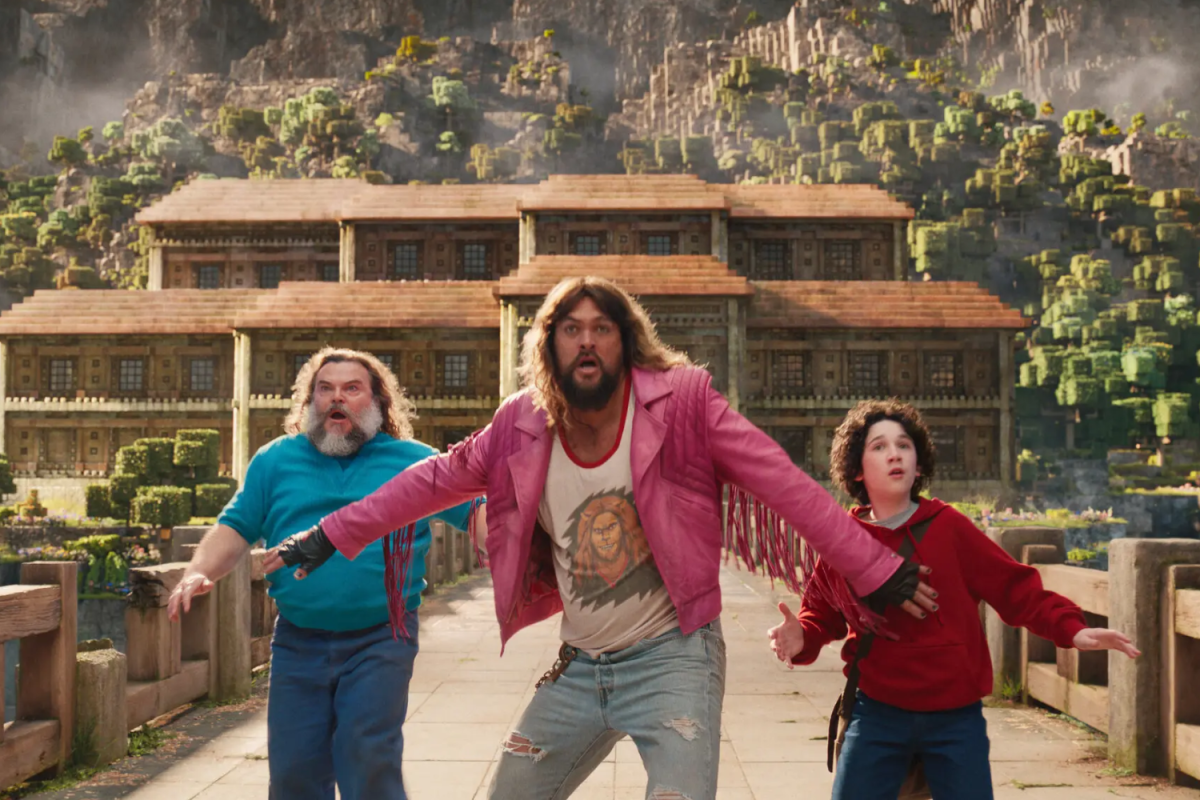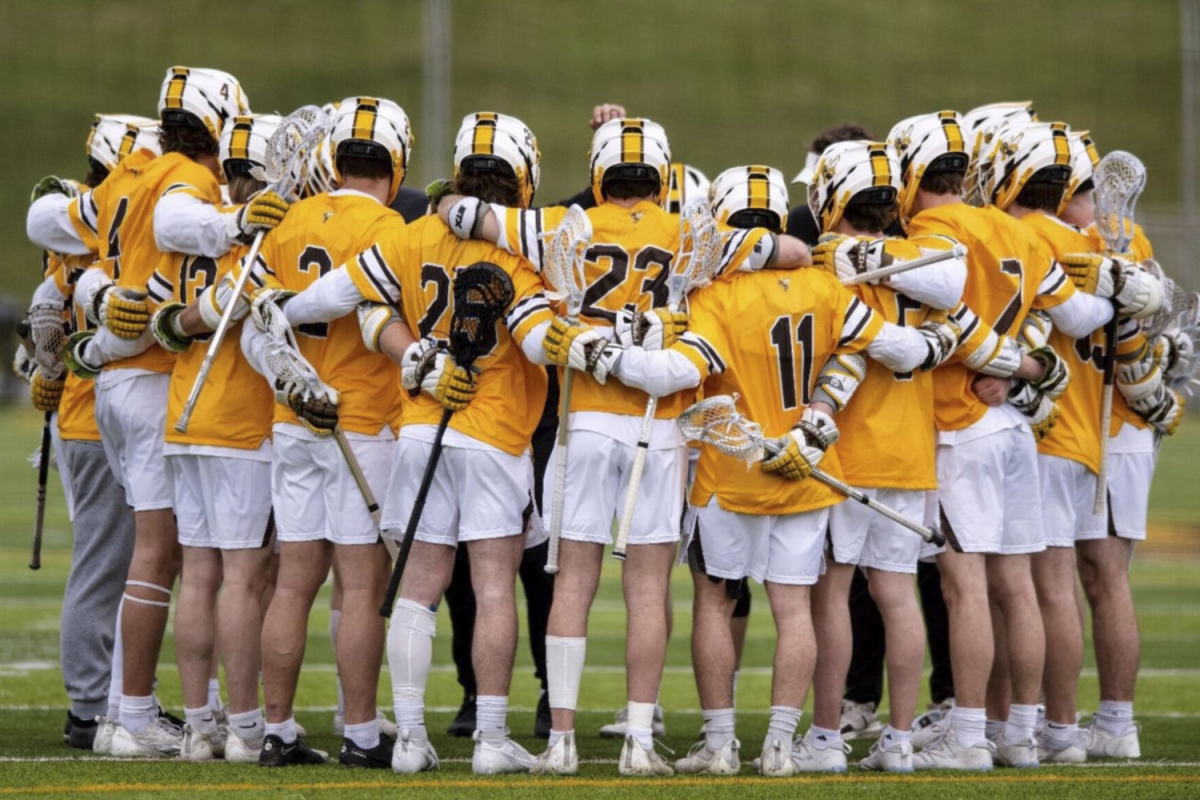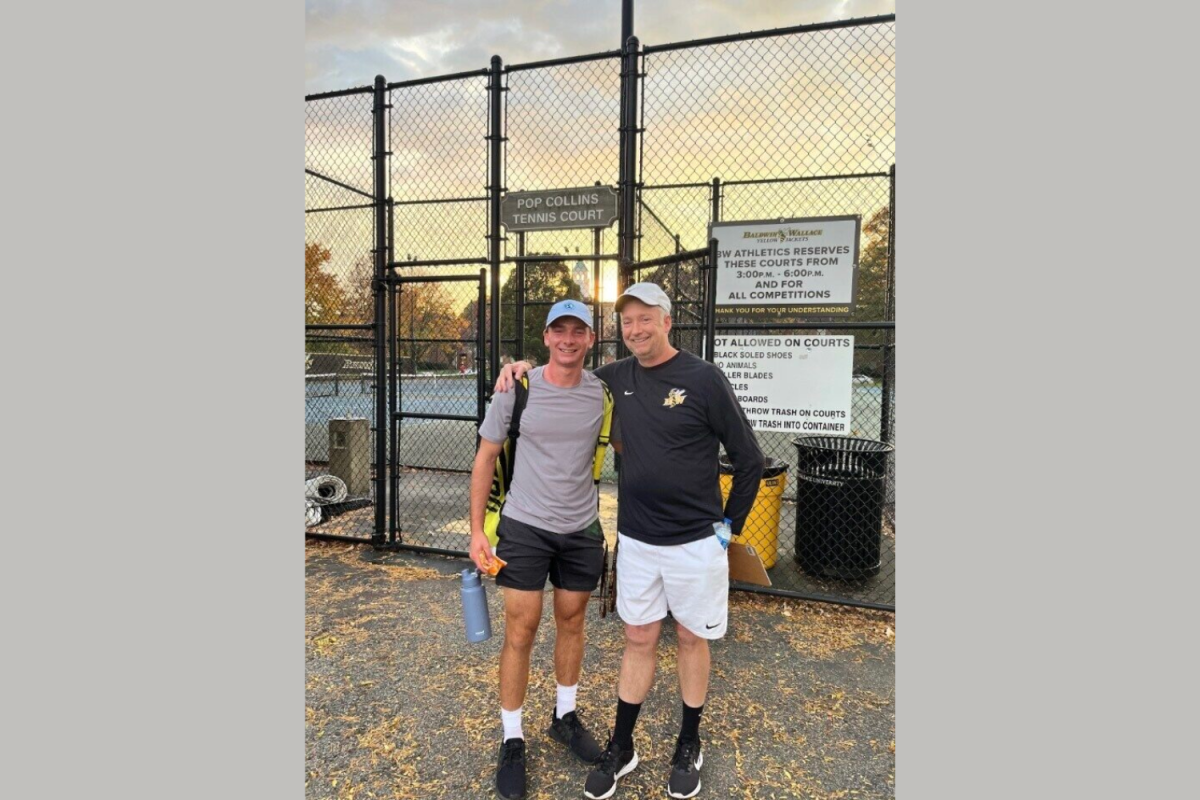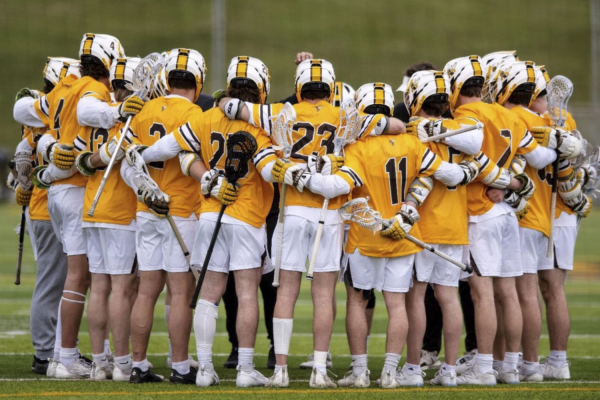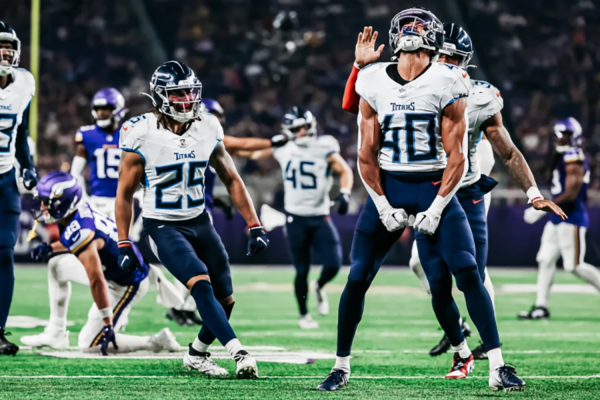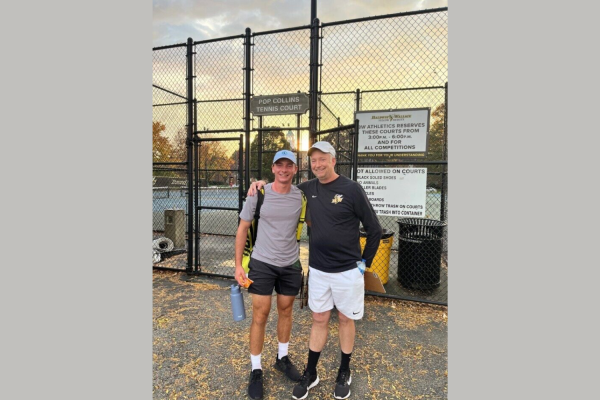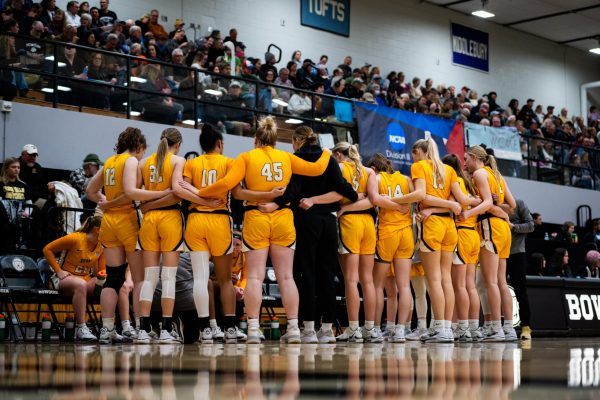How do the NCAA’s new NIL Rules affect Baldwin Wallace student-athletes?
After almost two years of debate between the NCAA, colleges, and various U.S states, on July 31 the NCAA adopted an interim policy suspending the name, image, and likeness rules for all incoming and current student-athlete.
For Baldwin Wallace athletes specifically, this opens the door for the student-athletes to use their likeness in order to gain monetary reward. Before the NCAA passed the rules, student-athletes were not allowed to have brand sponsorships from brands even related to their own sport.
The debate started in 2019 when the NCAA Board of Directors directed divisions to create flexibility in name, image, and likeness rules. In 2020, each NCAA division drafted legislation to update NIL rules.
The NCAA ruling also applied to student athletes who attend school in a state without a NIL rule. They are now allowed to engage in NIL activities without violating NCAA rules.
“The passage of the Name, Image and Likeness rules for NCAA athletes go far beyond the notion that college athletes should be paid,” Alec Palmer, adjunct sport management professor at Baldwin Wallace, said. “This historic move now allows NCAA athletes to profit off of their own intellectual property, which can include but not limited to, merchandise, brand partnerships, etc.”
While athletes at Baldwin Wallace are unlikely to bring in any national endorsement deals like athletes at other major Division I schools, they are still affected by the NCAA’s ruling, Palmer said.
“While a Division III athlete may not normally sign a $1 million deal, they are able to create different revenue channels that may be even more viable in the long term,” Palmer said. “Think of an athlete who is a phenomenal graphic designer, who is majoring in a business domain. They are now able to create a website, set up a store, then design and sell merchandise that can be based on their status as a college athlete.”
One rule corresponding to the new NIL framework is that the student athlete cannot use any college insignia or branding. However, they are able to “create a brand centered around their status, which is a huge attraction for fans and followers,” Palmer said.
The underlying reason that this rule is so historic is that the NCAA had long maintained that giving scholarships was sufficient compensation for student-athletes. Oftentimes, athletes cannot get jobs on or off campus because of how strenuous their athletic schedule is on top of classes. Therefore, many athletes struggle to afford food, an issue that is often ignored.
“We will also be able to see these local athletes take advantage of the dedicated communities that surround their campus,” Palmer said. “I can see massive potential for an athlete in a predominant college town that signs a deal with a local restaurant in exchange for a set amount of social posts and promotion per month.”
Student athletes that have been making a name for themselves previously to this rule being set have not been making any money or free products through endorsements. An example on a higher athletic level is Sedona Prince, a star player on the University of Oregon women’s basketball team.
In March, Prince posted a TikTok video of the men’s and women’s weight room facilities during the NCAA March Madness basketball tournaments. She has 3 million followers and her video of the discrepancies between men’s and women’s weight rooms has over 7 million views. She has also made several appearances on television and has been interviewed many times after her weight room video went viral. Previous to the NIL rule being passed, she could not make any monetization from her following and viral videos.
“While we may not see the full effect of what the NIL can do for collegiate athletes just yet, the work has already begun in making this one of the largest creator economies in the world,” Palmer said.
The Exponent is looking for financial contributions to support our staff and our newsroom in producing high-quality, well-reported and accurate journalism. Thank you for taking the time to consider supporting our student journalists.

